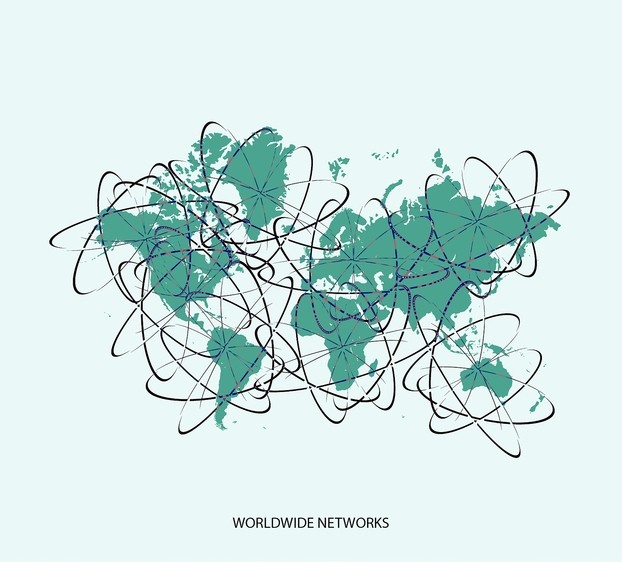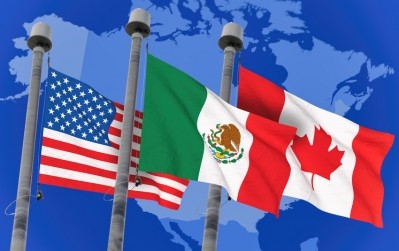US agricultural sector aligns for responsible trade policy push

More than 100 US feed industry organizations, crop producers and agricultural industry members have come together to provide a consolidated voice regarding trade policy from an agricultural perspective, said Kevin Lawlor, AFF spokesman.
The group was initially interested in supporting work on the North American Free Trade Agreement (NAFTA) renegotiation process. However, earlier this week it announced a new initiative focused on ways to protect the agricultural community from trade retaliation, he said.
“We’re opening up our scope a little,” he told FeedNavigator.
The members of the coalition include the American Feed Industry Association, American Farm Bureau Federation, American Dairy Coalition, American Soybean Association (ASA), Cargill, National Association of State Departments of Agriculture, National Corn Growers Association, National Grain and Feed Association, National Oilseed Processors Association and National Sorghum Producers along with several state-based feed crop organizations and business entities.
Trade policy focus
The interest to widen the focus followed the global responses to the Trump Administration’s proposed tariffs on steel and aluminum, said Lawlor. Especially given the threats of potential retaliation on US agricultural sector products, like soybeans and pork, he said.
“The immediate threat comes from what we’ve seen China signal so far, but we’re focusing on the agricultural community and threats to it from a trade policy that has unintended consequences,” he said.
The goal of the outreach campaign is to inform policy makers of the potential for unintended, negative consequences from trade policy, he added.
The group seeks to remind members of the administration that there is a “push and pull” in developing trade policy and that actions in one area can have wider consequences, he said.
“We want to make sure that the people who are crafting the trade policy understand what it means for farmers – that these kinds of things don’t happen in a vacuum.
Coalition members intend to get in touch with lawmakers, members of the Trump administration and other decisions makers and present a unified voice for the sector and its priorities, he said. “This is the whole of the agricultural community coming together and saying these are the policies that we need,” he added.
Damage to the international trade market will mean cost increases for products in the US, he said. “I don’t think people understand that there would be a significant change to the availability and prices if international markets are no longer open to us,” he added.
Soybean association weighs in on trade
The ASA also shared a few thoughts with us regarding the potential implications of trade retaliation.
It is working to keep pressure on the current US administration regarding trade policy, said John Heisdorffer, ASA president. “Rather than talking about mitigation plans, we are focused on trying to avert actions that would result in the US losing its export market in China,” he added.
“US soybean growers have a long history of demonstrating their competitiveness when markets are allowed to operate without barriers,” he told FeedNavigator. “That is how soybeans have become the US’ number one agricultural export. And, it’s why we are very concerned with these tariffs and the possibility of retaliatory tariffs or other barriers on our soybean exports.”
Another priority is to increase options and markets for soybeans globally, especially in regions where demand is increasing, like Southeast Asia and throughout Latin America, he said. However, there is not a way to replace the $14bn soybean export market to China.
“Chinese demand accounts for one in every three rows of soybeans planted in the United States,” he added.
Loss of export market position in China carries several negative implications in addition to the drop in sales, said Heisdorffer. “Looking long-term, we cannot afford to lose the significant progress we’ve made in building the Chinese market over the last 30-plus years,” he added.
“Our partners at the US Soybean Export Council have been working in China for decades to expand demand for US soybeans, in the face of stiff competition from Brazil and Argentina,” he said. “Our competitors in South America are willing and able to take whatever market share we lose – we can’t rebuild that lost infrastructure and reclaim that lost market share overnight.”













